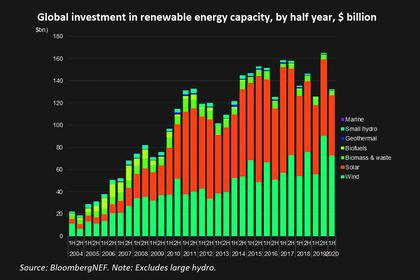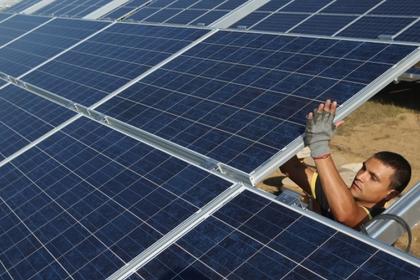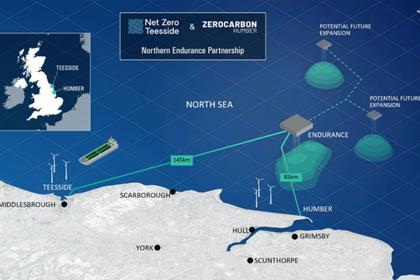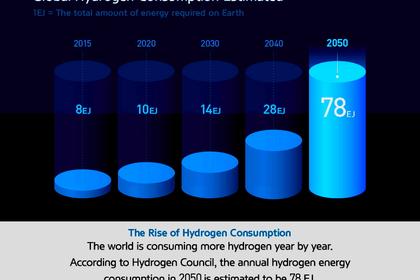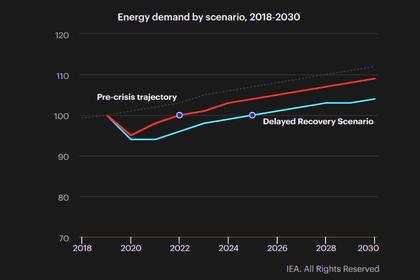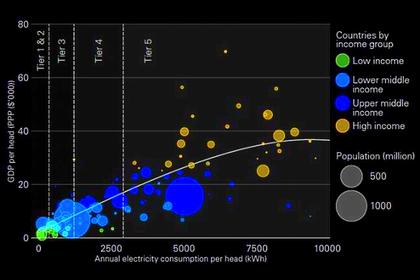
NEW ENERGY TRANSMISSION TECHNOLOGIES
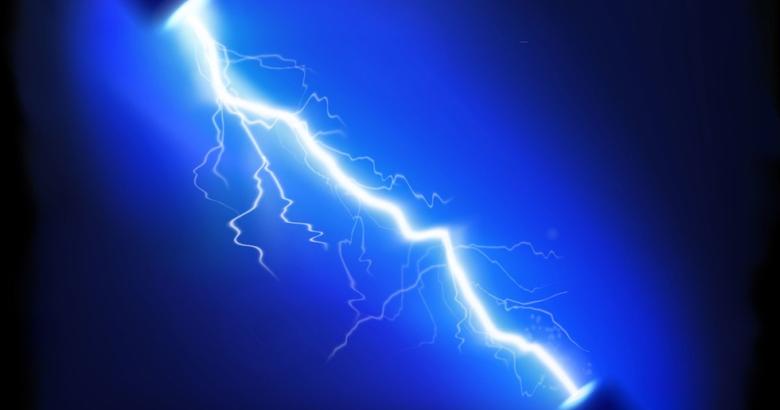
According to the Working for Advanced Transmission Technologies (WATT) Coalition, “Transmission congestion occurs when there is insufficient transmission capacity to deliver lower-cost generation resources to consumers, requiring the use of higher-cost generators closer to customers. This increases the price of electricity in congested areas….”
WATT recommends three technologies — Advanced Power Flow Control, Dynamic Line Rating, and Advanced Topology Control — which it says offer more transmission capacity, less congestion, higher reliability, and improved renewables integration. In addition, according to a WATT white paper, “Widespread deployment of these technologies could reduce the cost of electricity to consumers by as much as $2 billion per year….” Let’s take a look at each of these technologies and what they can mean for a more powerful grid.
Advanced Power Flow Control
According to WATT, power flow control “is a set of technologies that push or pull power away from overloaded lines and onto underutilized corridors within the existing transmission network.” The advanced version does the same, but with advanced features like scalability and faster deployment.
Power flow control was used during the cold snap that affected the northeastern U.S. in 2018, helping to divert power from areas curtailed due to congestion to areas where it was needed.
Dynamic Line Ratings
Dynamic line ratings (DLRs) enable greater flow through a transmission line and detects when it should be reduced to ensure safe and consistent operation.
DLRs also helped keep the lights on during the 2018 cold snap. According to a report by ISO New England (ISO-NE), an increase in scheduling limit was made possible by the cold conditions, which “helped to improve thermal transfer capability.” This action helped move power from areas that had excess to where it was most needed. These instances are examples of how power flow control and DLRs could be deployed more extensively to increase transmission capacity.
Advanced Topology Control
WATT states, “Transmission topology optimization is a software technology that automatically identifies reconfigurations of the grid to route power flow around congested or overloaded transmission elements…. By more evenly distributing flow over the network, topology optimization increases the transfer capacity of the grid.”
These technologies aren’t the only ones driving an upgraded grid. Utility-scale wireless transmission is another one that could change the way the grid operates. An article appearing on IEEE Spectrum, describing damaged transmission lines and power stations states, “The fundamental vulnerability in each case is that the power grid relies on metal cables to carry electricity every meter along the way.” According to the article, wireless power is achieved when “energy is converted into electromagnetic radiation by a transmitting antenna picked up by a receiving antenna, and then distributed locally by conventional means.”
This technology is still in the testing phase but could prove useful over time. A combination of these and other innovations could lead to a more reliable, consistent, stable, flexible grid.
-----
This thought leadership article was originally shared with Energy Central's Grid Professionals Community Group. The communities are a place where professionals in the power industry can share, learn and connect in a collaborative environment. Join the Grid Professionals Community today and learn from others who work in the industry.
-----
Earlier:
